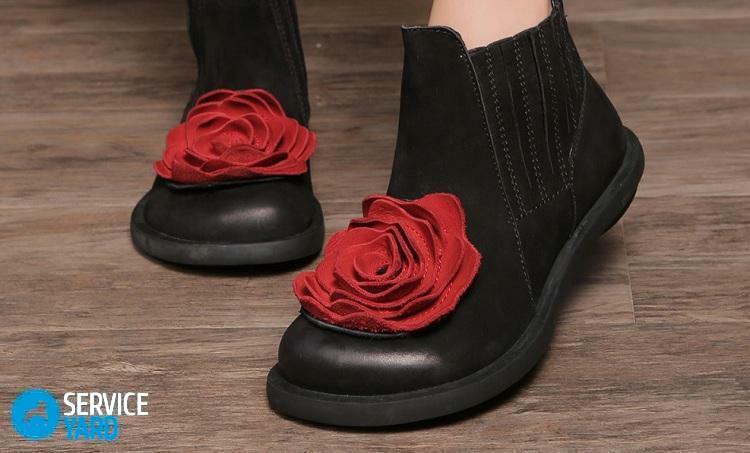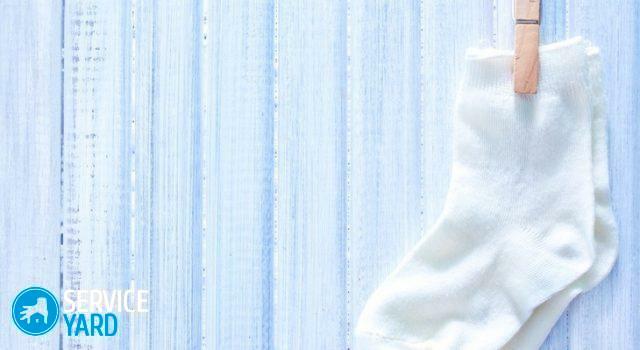When injected into the air heating system works its effectiveness in some extent decreases as the gas occupies a certain amount of pipeline intended for fluid. Thus, the air in the heating tubes - harmful factor, and it is necessary to bleed as soon as possible.

Consider the situation with airlock more so, faced with this common problem, know how to expel air from the heating pipes quickly and efficiently.
Causes of formation of air pockets in the heating system
The air in the heating conduit may enter directly into a sufficiently large volume, and can accumulate gradually, but in both cases it is formed from a tube, which reduces the effectiveness of heating in the apartment. There are sources of air entering the system, independent of the user, but there are those that can be prevented. Here they are.
- Leaking pipe causes delay in it under the action of air in the ejection.
- air intake in the production maintenance heating.
- Defective air vent (apparatus for air bleed from the system).
- The destruction of the membrane in the membrane type expansion tank used in closed heating circuits
- Accumulation of oxygen in the system dissolved in the incoming fresh water, especially cold.
- Lowering the water level in the expansion tank below the limit as a result of evaporation.
- Too rapid filling water system when air from the radiator does not have time displaced coolant.
- Significant differences coolant pressure in the central heating system when the water goes from the contour line, where the pressure is lower.
- Disabling central heating with the departure of the coolant in the production of outdoor emergency repair highways.
For the entrapment of air, in addition to a source of air flow required more and the conditions for this:
- not correctly configured pipeline slope;
- big step mounting brackets to the wall with the slack span;
- air vent malfunction or lack thereof.
Important! For the entrapment of air is sufficient to have one of the following routes of air under the action of any of the required conditions.
The impact of traffic on the functioning of the heating system
The air, once or accumulated in the heat pipe forms a plug partially or totally preventing normal coolant circulation. Even if the circulation along the contour continues to be, the radiator filled with water is not completely lost in the area of heat transfer and, consequently, the effectiveness of the work.

The inner surface of the pipeline, if the material tube - steel, at the seat tube begins to oxidize due to contact with atmospheric oxygen. By significant reduction in wall thickness will not cause it, but scale will flake off and deposit problem areas in the pipe, reducing its clearance and approaching a situation where the system needs to be completely purged as cleans the chimney at excessive stratifications soot.
Movement of the coolant through zavozdushennye pipe sections having a smaller clearance, grinding is accompanied by periodic, and knock vibration circuit.
In circuits with a circulating pump and a simple configuration profile can circulate airlock together with water and passing through the pump, to expose its short-term impact of the effect of "dry" work. Single double-entry such episode did not withdraw the pump from the system, but multiple repeat it could damage the bearings.
Diagnosis of heating circuits for the presence of air pockets.
The presence of the plug in the heating system is usually detected in the analysis of the possible reasons for the lack of efficiency of the heating housing. radiators Zavozdushennost diagnosed feeling - cold spots will indicate the presence of air. Inspection of the pipeline is also simple, if it is not equipped with thermal insulation or decorative elements, otherwise all the shells must be removed.
Tapping system in this case is not very effective - does not show a clear boundary of air and water, and knocking tone It depends not only on the contents of the pipe, but also other factors - span length, the wall thickness at this location, and so on. d.
Having determined the location in space outside the system, decide exactly how to pull air from the heating pipes.
Methods for removing air from the pipe
In modern heating systems even at the design stage there are standard tools for fighting air - air vent, automatic or manual application, so with proper installation and manning of heating equipment to blow air lock is easy.
If the heating system is mounted open circuit, the air out of it can be run through the expansion tank is the highest located point of the system - opens the supply valve and piping from the gas coolant will be forced out into the tank, which will manifest itself there exit air bubbles. After that, the water level in the reservoir is brought back to normal.
Important! a water supply tube mounted in the direction of the expansion tank with the riser upslope.

The closed circuits of the forced circulation possibility of venting is provided as follows:
- hot coolant supply tube mounted to the main riser to remote sloping upwards, providing air was isolated from the water climb water movement;
- at the highest point of the pipe feeding air vent is mounted.

In such a construction, the possibility conduit purge tube and the coolant is also provided in other air vent, installed in other points of the upper sections of the network.
If necessary repair emptying system is performed via the return line hosted with a bias, whose value provides a complete draining.

air vent device
They are installed at critical points - usually the highest places of the pipeline and spans the top of the radiator.
According to the method eksluatatsii air vents are made of two kinds:
- manual control - the shut-off valve needle structure (in use - "bleed screw");
- automatic.

air relief valves of the heating system there are also different in size, the design and materials, but their general purpose - output gases.
Important! On aluminum radiators deaerators are installed mandatory, because water is in contact with this metal decomposes into components, one of which - the hydrogen, which is explosive when mixed with oxygen or air in certain proportions. If the heating system - gas, the situation is getting worse.
Automatic venting valve manufactured for installation on pipes and radiators, structurally simple and easy to operation, may be direct or angular execution, the superior at the price of the manual operation of the device is not much. The price range of products from manufacturers such as Danfoss, Wind or Valtec, is $ 5-15.

Important! Automatic relief valve, regardless of design, is always installed so that its cap (outlet) side facing up.
manual air vent - is primitive in design, but reliable air discharging apparatus of the system installed mainly on the radiators in the upper part thereof. Models may differ in size and design of the mounting thread.
The device is characterized by ease of use - offers a standard screwdriver, and it bleed hole with the control of lamb can be directed in a direction convenient for receiving water at the end of operations.

Bleeding is performed when the heating when the pressure in the system reached the working value. After a smooth opening of the bleed screw drainer will be first air, then cold water, and so alternately. The descent is stopped when the holes go from hot coolant constant temperature without air, and the valve is closed.
Non-standard ways to remove air pockets
There are situations where significant step piping supports and the pipe to slack spans, forming a wavy contour with domes sinuses without deaeration. The air in the heating pipes such accumulates in the sinuses, what to do?

If the pipe is of small diameter, then under it impose additional support to align the profile. Thereafter, the gas expelled from the sinuses is water and is removed through the air vent or expansion tank.
If large-diameter pipe (50 - 100 mm), and even steel, the alignment profile is - a very time consuming process. In such cases, the top of the "dome" pipes screwed up to the stop with a self-drilling screw gasket, and then slightly twisting it to bleed air and again spin until it stops.

To manually release the air from the system when the fluid pressure is high
In this situation, you must first shut off the water supply valve to the system and release the plug standard method, but the valve opening Majewski slowly, avoiding abrupt discharge gas or water.

What if the manual air does not turn away
If the bleed screw threaded pairing become attached, and it does not turn back, by dripping it kerosene, brake fluid or sprinkled WD-40 special means. After waiting the required time, the screw carefully obstukivayut hammer and turned the key.

conclusion
If the heating system is designed in accordance with current specifications, the removal of the air tube, substantially reduces the efficiency of the heating system is not working. But even if the heating degradation is not observed, it is necessary periodically to diagnose pipeline and auxiliary equipment that prevents the conversion of small problems significant.



